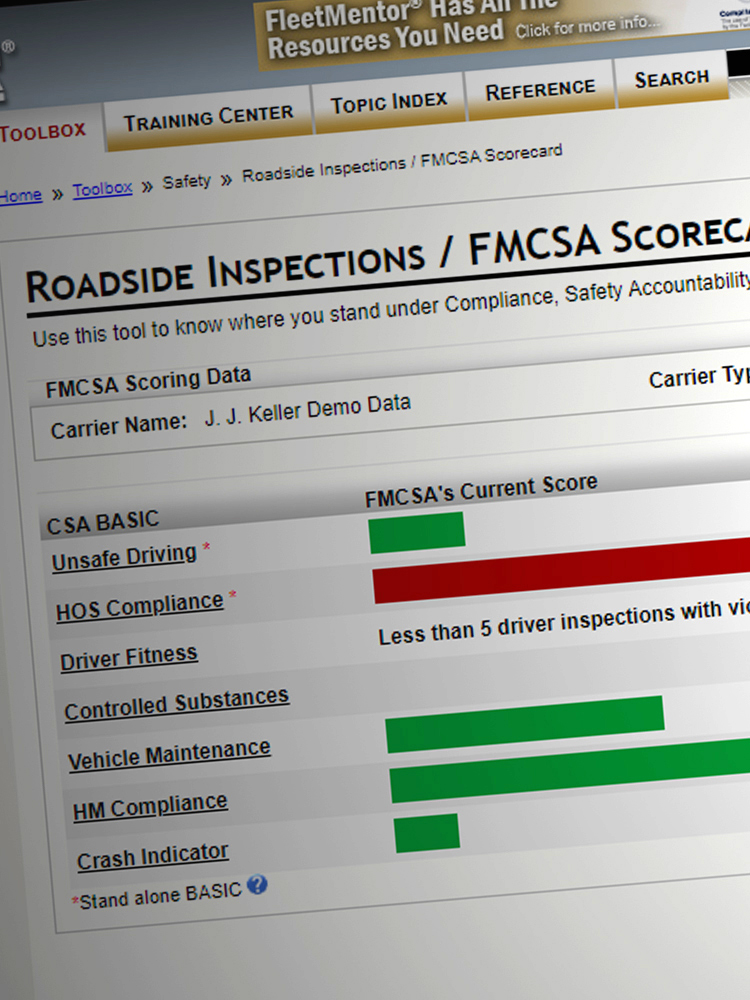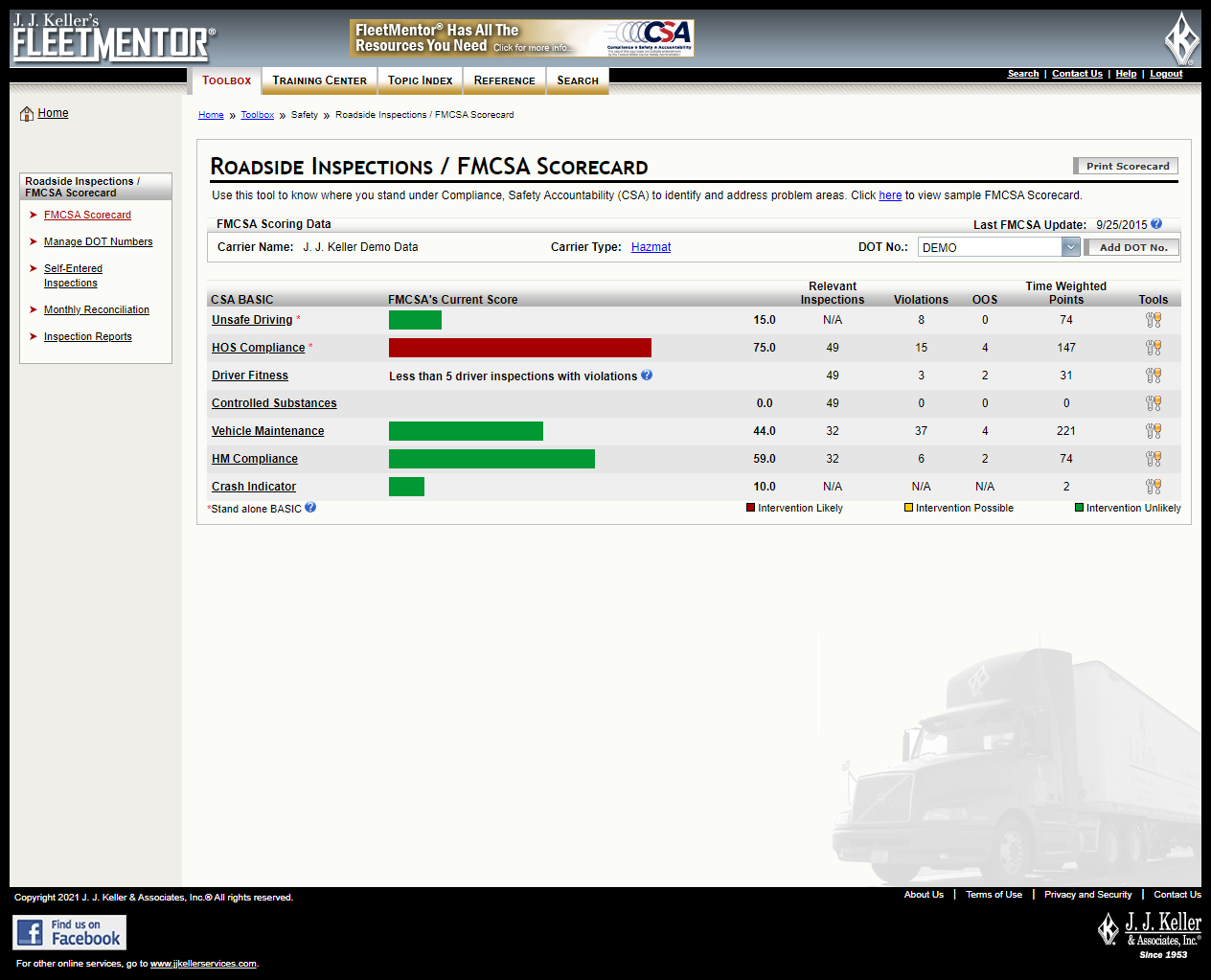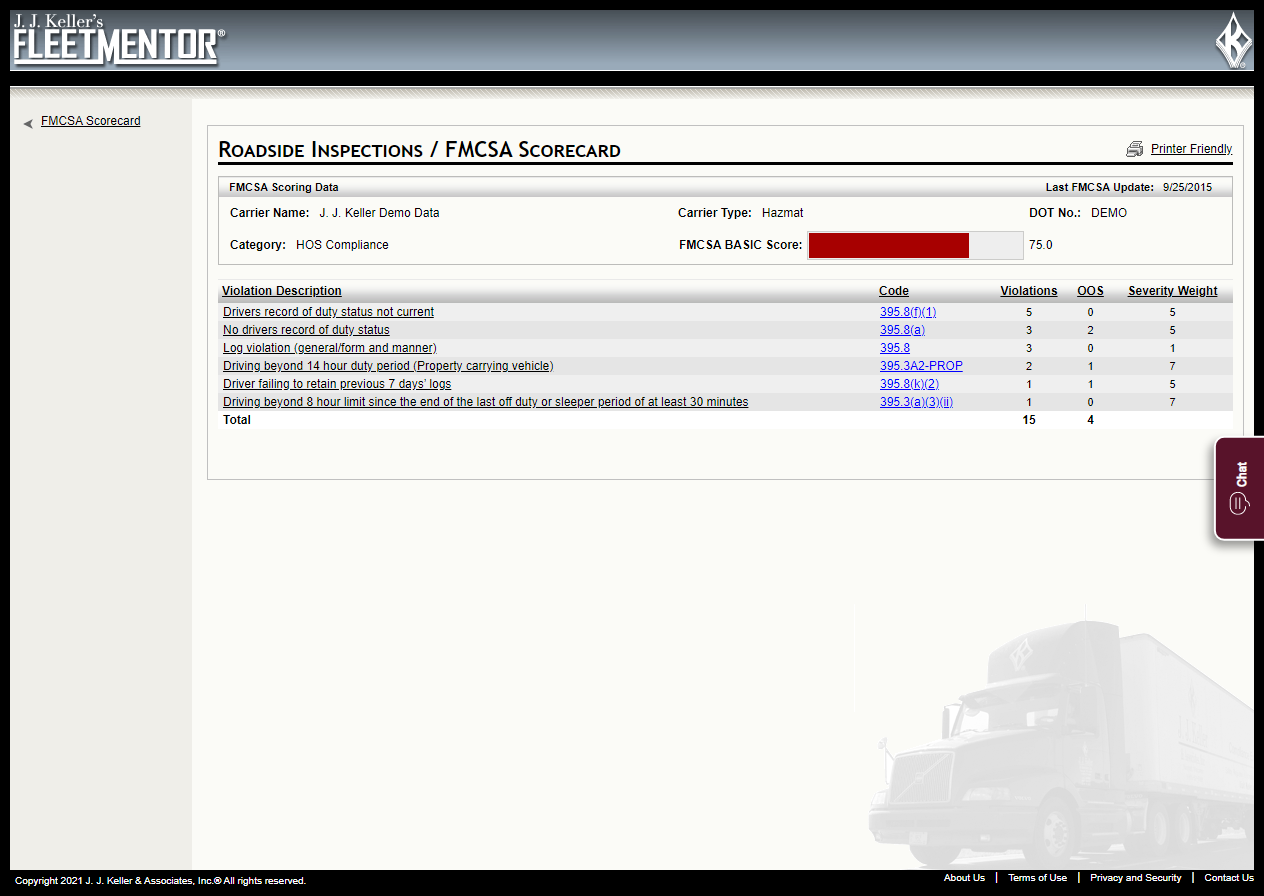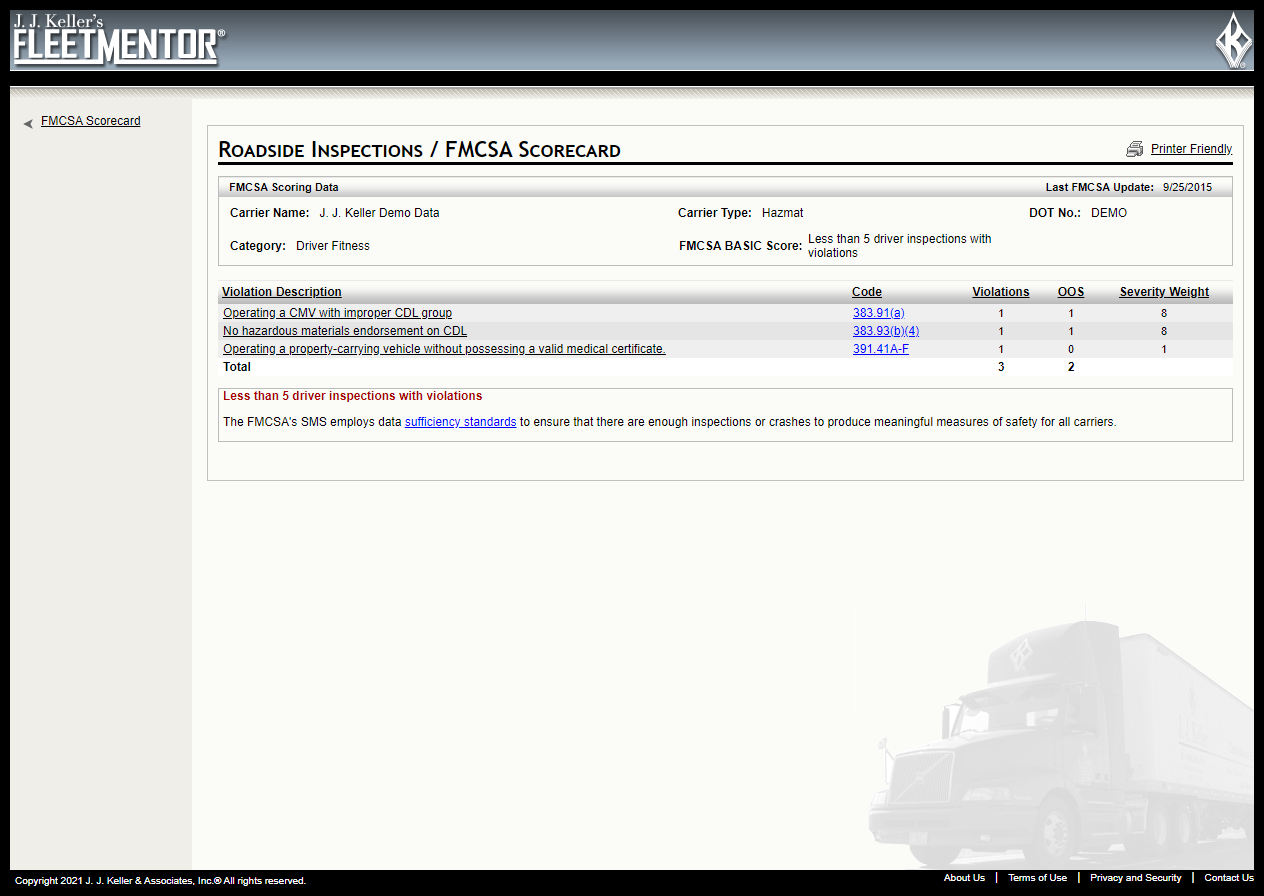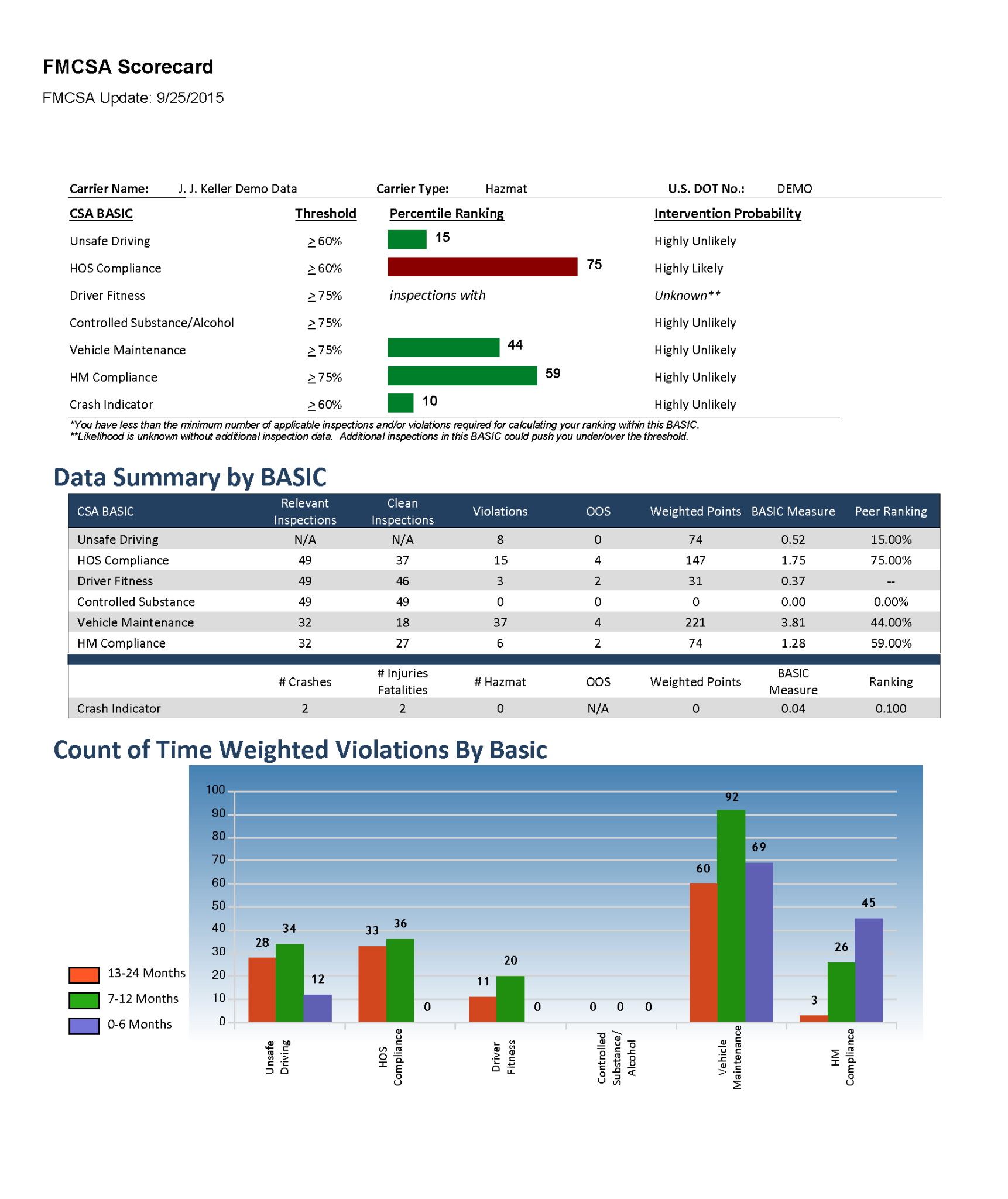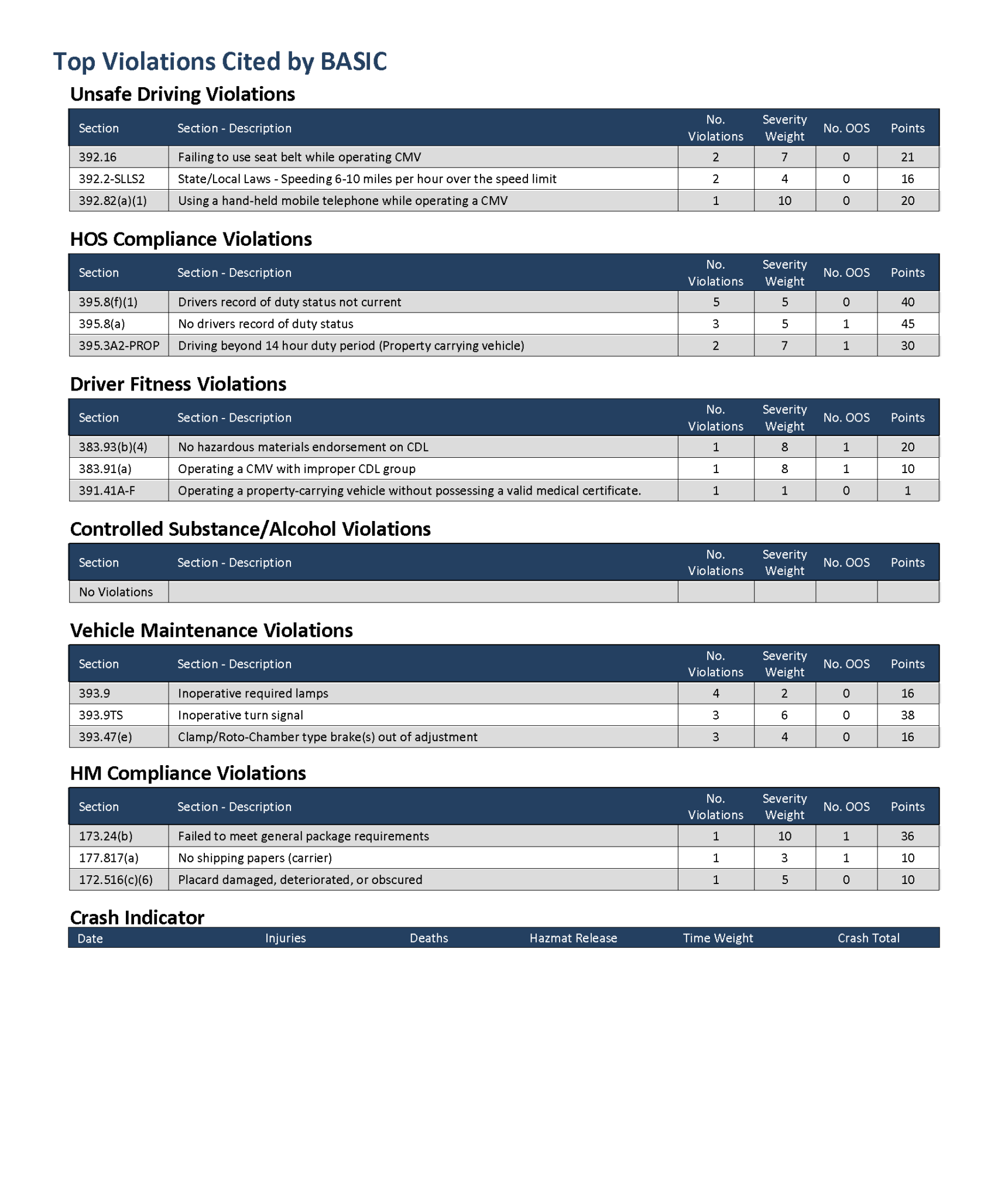Case Study: CSA 2010 Initiative
Transition from paper log books to electronic logging devices
Project Overview
FleetMentor already provided essential tools for fleet managers, including fuel tax tracking, maintenance scheduling, drug test recording, and inspection management. However, the rollout of the CSA 2010 initiative introduced new government-provided safety scores for both drivers and carriers. Integrating this data into FleetMentor was a natural extension of the platform's capabilities, offering users a centralized location to view and act on compliance information.
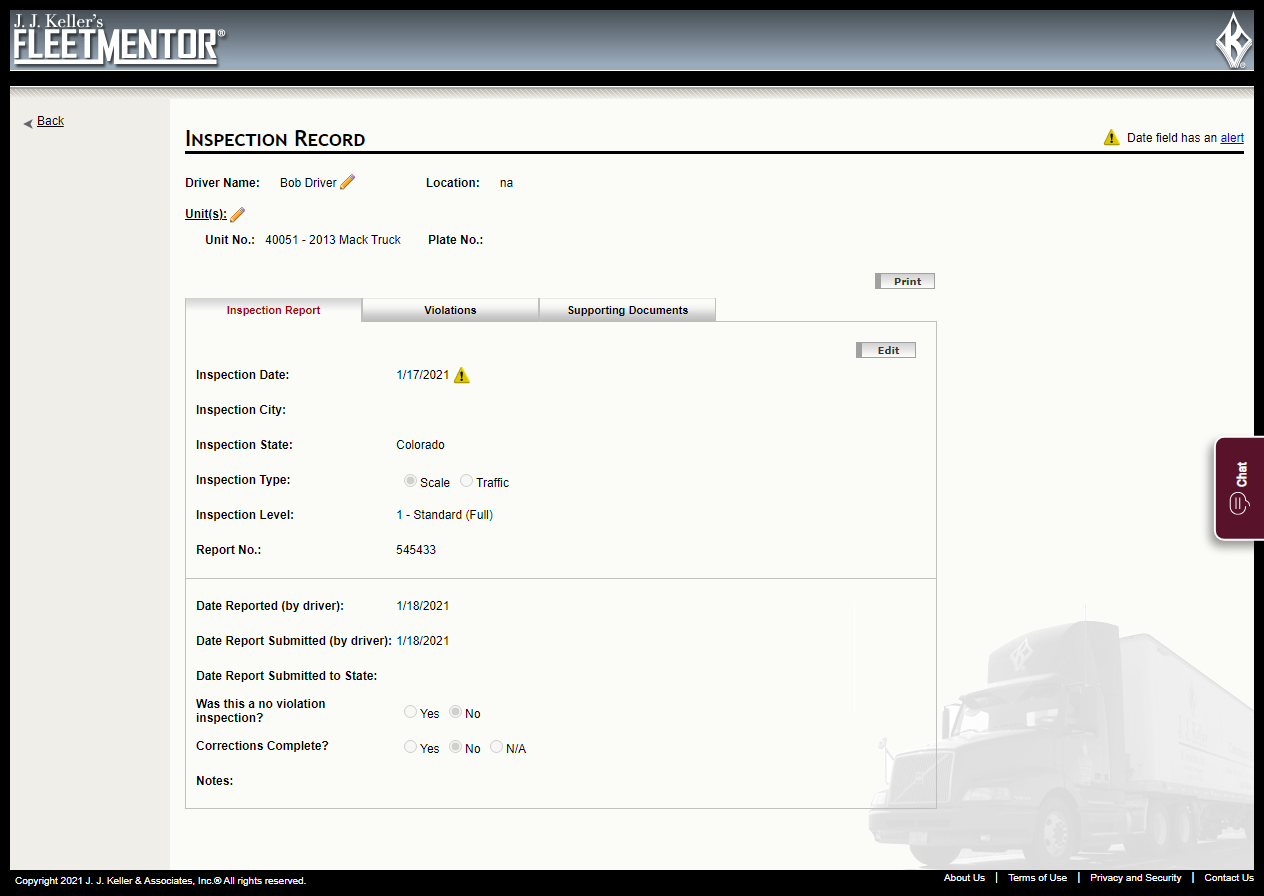
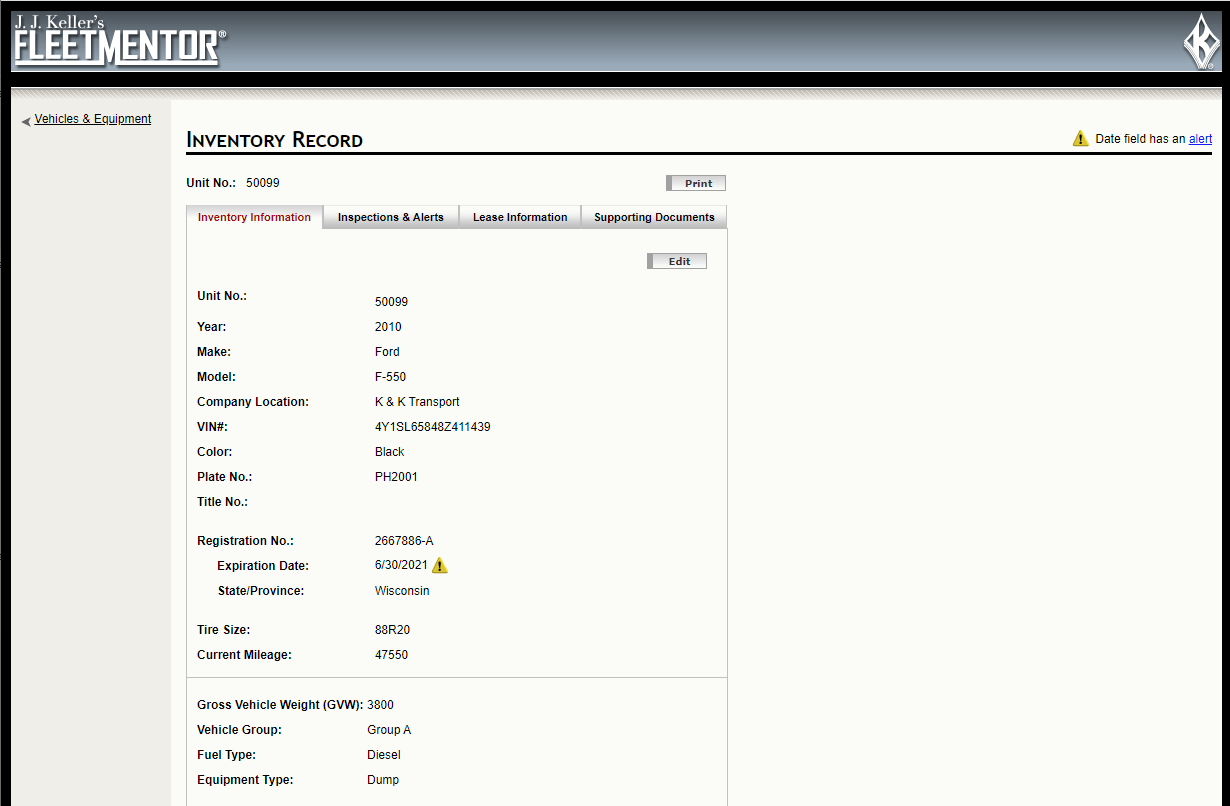
The Challenge
The integration presented several challenges:
- While carrier data was accessible via the DOT’s public API, driver-specific data was harder to obtain and required a third-party data vendor.
- Some crucial carrier data was only available through screen scraping, a brittle and error-prone process that needed careful monitoring.
- Visually communicating complex compliance scores in a way that fit existing UI patterns while improving clarity required thoughtful design work.
The Approach & Solution
The team began by defining the necessary data columns and constraints, followed by the creation of wireframes. These designs prioritized consistency with existing user interface patterns and only introduced new patterns when absolutely necessary.
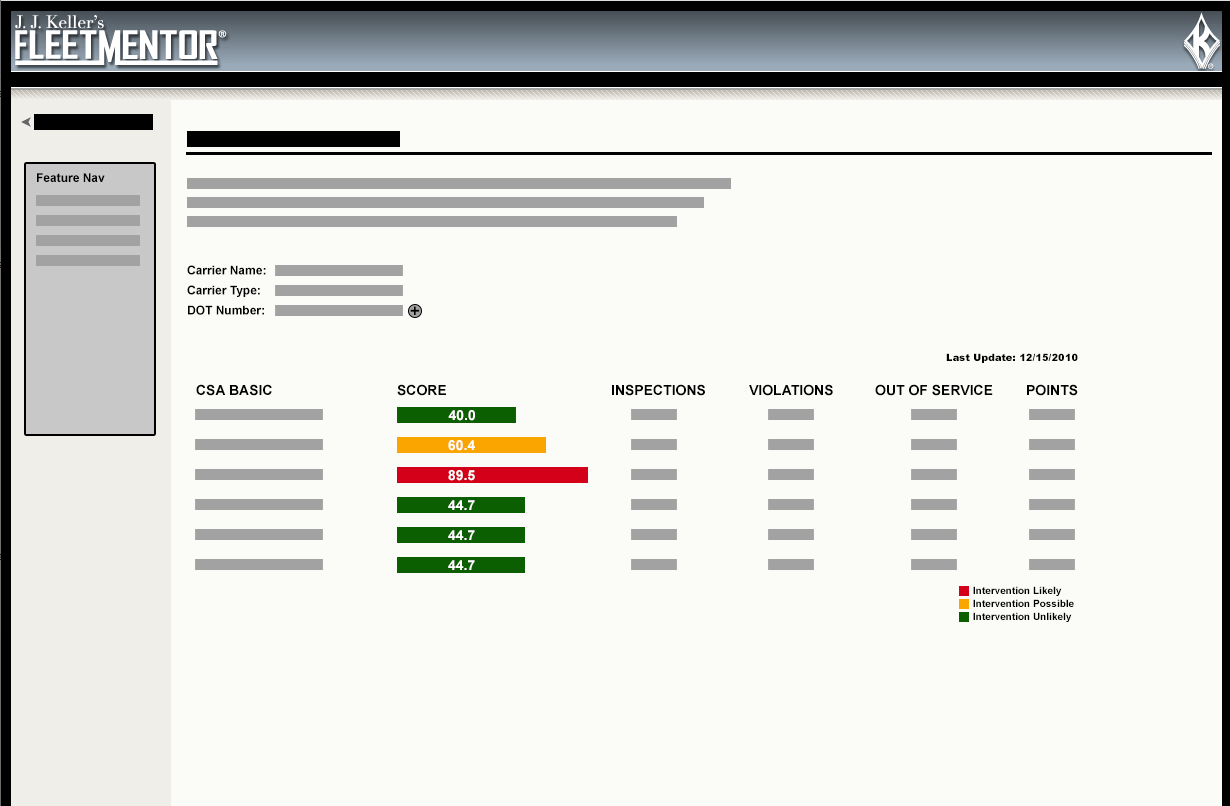
To support the data integration, APIs were connected where possible, and third-party data partnerships were established for driver-specific information. For carrier data not exposed through APIs, a monitored screen-scraping process was implemented to ensure accuracy and reliability.
The final deliverable included a comprehensive FMCSA scorecard embedded in the platform. It maintained FleetMentor’s familiar user experience while offering a visually enhanced reporting interface. This scorecard helped fleet managers better understand and communicate their compliance performance across all BASIC categories.
The Results
Through cross-functional collaboration—including stakeholder interviews, customer surveys, co-creation workshops, and iterative prototyping—the redesign of Training on Demand achieved its goal of modernizing the platform while maintaining critical functionality. The final solution introduced a more intuitive administrative experience, responsive design for mobile users, and improved accessibility throughout. With a strong foundation now in place, the team is poised to continue evolving the platform to better serve both training coordinators and learners in an increasingly digital-first environment.
